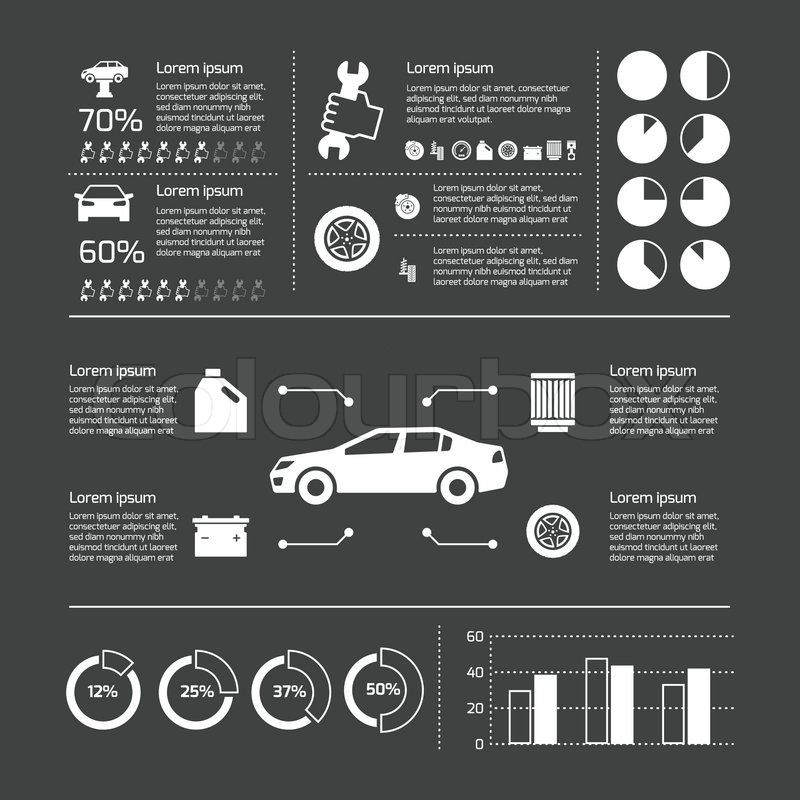Interested In Recognizing The Caution Lights On Your Vehicle'S Dashboard? Discover Their Value For Your Vehicle'S Safety And Security And Overall Problem
Interested In Recognizing The Caution Lights On Your Vehicle'S Dashboard? Discover Their Value For Your Vehicle'S Safety And Security And Overall Problem
Blog Article
Staff Writer-Sykes Kejser
When you lag the wheel, those beautiful caution lights on your control panel can be a bit complicated. Do you understand what they're trying to inform you concerning your vehicle's health? Comprehending the relevance of these lights is important for your safety and security and the long life of your vehicle. So, the next time one of those lights turns up, wouldn't you intend to decipher its message accurately and take the needed steps to resolve it?
Common Caution Lighting and Interpretations
Identify usual warning lights in your automobile and recognize their definitions to make sure risk-free driving.
The most regular warning lights consist of the check engine light, which signals issues with the engine or discharges system. If this light comes on, it's essential to have your car checked quickly.
The oil stress advising light suggests reduced oil pressure, calling for instant interest to avoid engine damage.
car shampoo interior flashing battery light could suggest a defective billing system, potentially leaving you stranded if not attended to.
The tire stress surveillance system (TPMS) light alerts you to low tire stress, influencing car security and gas efficiency. Disregarding this might lead to unsafe driving problems.
The abdominal light indicates a problem with the anti-lock stopping system, compromising your ability to stop quickly in emergency situations.
Lastly, the coolant temperature advising light warns of engine getting too hot, which can cause extreme damage if not fixed promptly.
Understanding these common warning lights will certainly aid you resolve issues quickly and keep safe driving conditions.
Significance of Prompt Attention
Understanding the usual warning lights in your car is just the initial step; the importance of immediately dealing with these warnings can not be emphasized sufficient to guarantee your safety on the road.
When a caution light brightens on your control panel, it's your car's way of connecting a potential problem that requires attention. Disregarding these warnings can lead to more extreme problems in the future, jeopardizing your safety and security and possibly costing you extra out of commission.
Prompt focus to cautioning lights can stop breakdowns and mishaps. For instance, a blinking check engine light might indicate a misfire that, if left ignored, might cause damage to the catalytic converter. Addressing this promptly can save you from an expensive repair service.
In a similar way, a brake system warning light may signify reduced brake liquid or used brake pads, critical elements for your safety and security when driving.
Do It Yourself Troubleshooting Tips
If you discover a warning light on your control panel, there are a few DIY troubleshooting suggestions you can attempt before looking for professional assistance.
The primary step is to consult your cars and truck's handbook to understand what the details warning light indicates. Often https://www.nbcbayarea.com/investigations/consumer/how-to-protect-your-car-from-catalytic-converter-theft/2662863/ can be as basic as a loosened gas cap setting off the check engine light. Tightening up the gas cap may deal with the problem.
One more usual issue is a low battery, which can cause different warning lights. Checking the battery links for corrosion and ensuring they're safe and secure could repair the problem.
If a warning light persists, you can try resetting it by separating the vehicle's battery for a couple of mins and afterwards reconnecting it. Furthermore, examining your car's liquid levels, such as oil, coolant, and brake fluid, can aid troubleshoot advising lights related to these systems.
Final thought
Finally, understanding your cars and truck's caution lights is crucial for maintaining your vehicle running smoothly and safely. By immediately resolving these alerts and knowing what they mean, you can prevent costly fixings and possible malfunctions.
Keep in mind to consult your car's handbook for particular information on each warning light and do something about it as necessary to ensure a hassle-free driving experience.
Remain informed, stay risk-free on the road!
